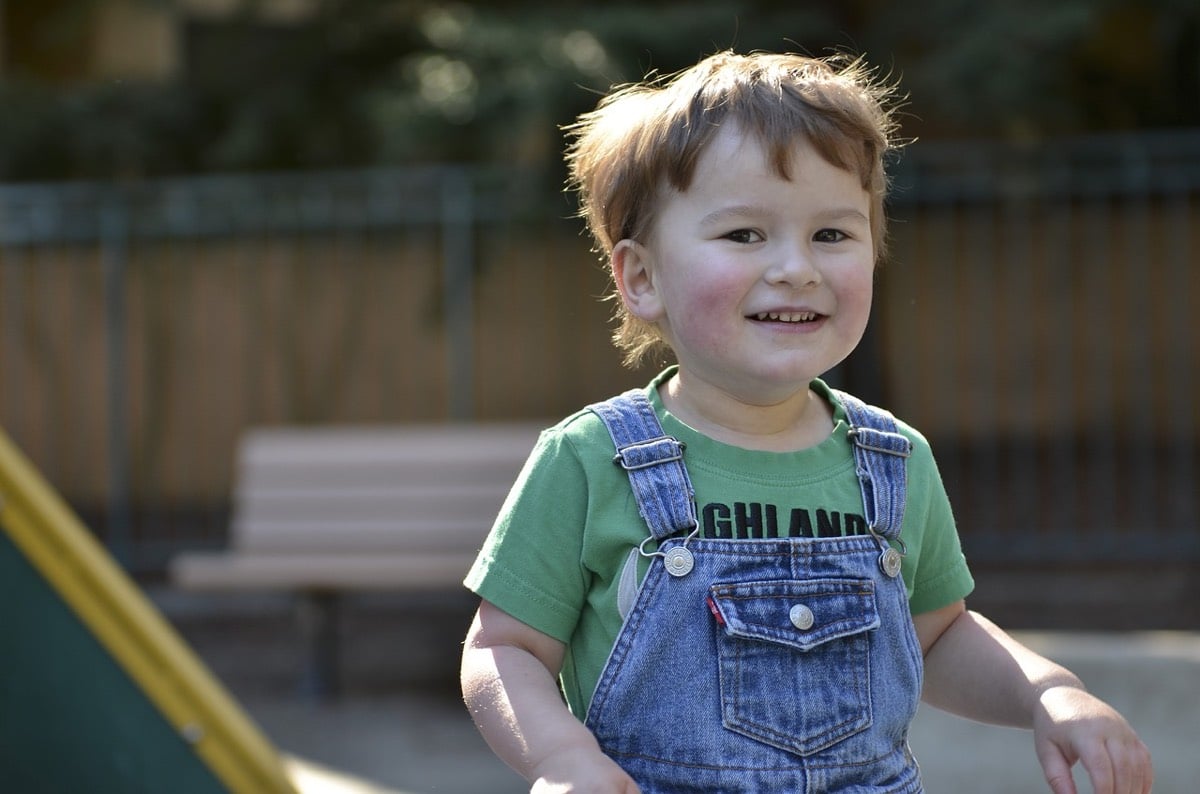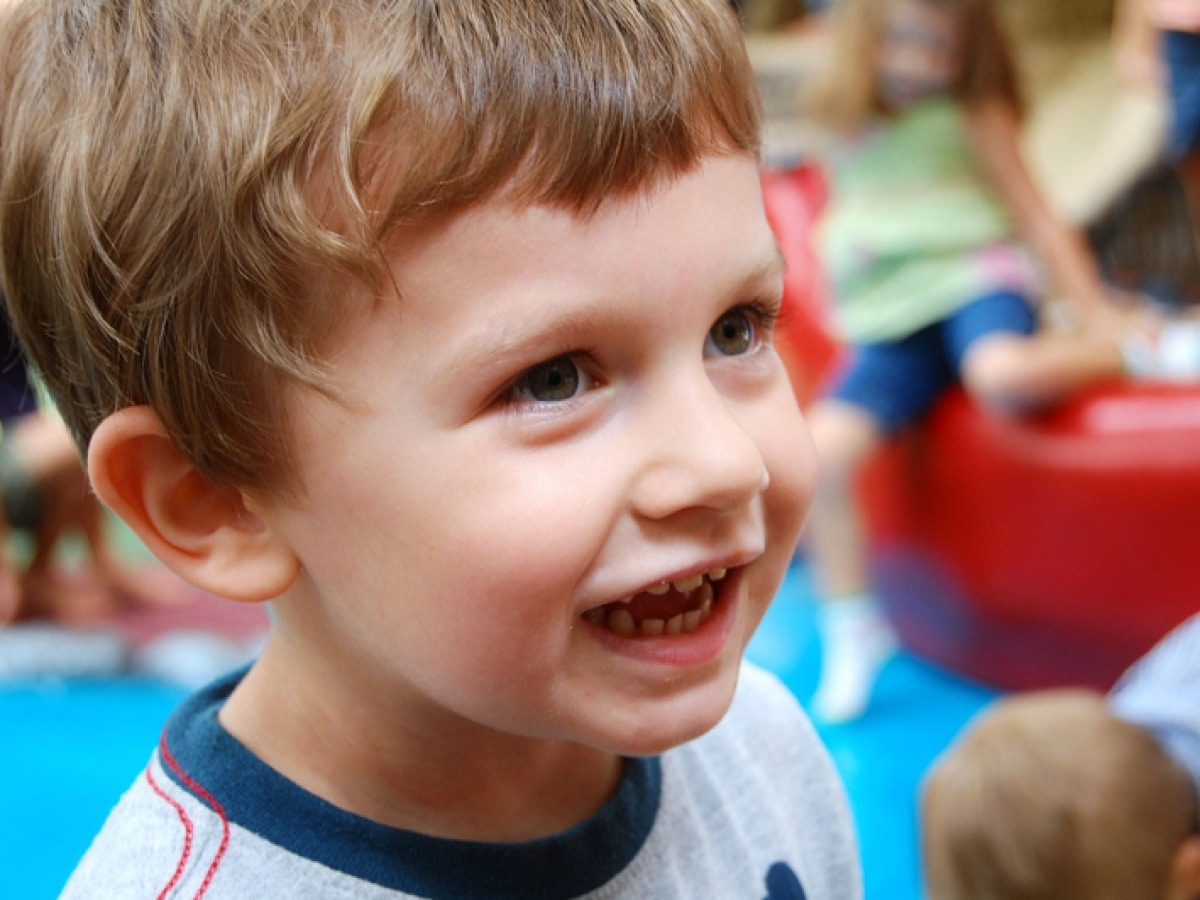Autism Spectrum Disorder (ASD) is a set of developmental disabilities that affect a person's ability to socialize and communicate. This neurodevelopmental disorder is sometimes detectable before one year of age, but is usually not diagnosed until much later. Most children with autism are diagnosed after 3 years of age, and in some cases it has even been diagnosed at 18 months of age. Early intervention is the most effective action, so when symptoms of autism appear in children aged 2 to 3 years, they should be evaluated by a professional.
The symptoms of autism spectrum disorder vary from person to person and have different ranges of severity, which is why it is classified as a spectrum. Children with ASD interact and communicate differently than other children. They also learn and think differently from others. Some have great challenges and need ongoing assistance in their daily lives, while others have high autonomous functioning. There is no cure for autism, but with proper support, symptoms can improve.
Autism symptoms in children 2 to 3 years old

In some children, the symptoms of autism are evident in the first few months of life. Other children do not show symptoms until they are 2 years old. Mild symptoms are often difficult to detect and can be mistaken for a shy nature, or choleric. We are going to see the most common symptoms of autism in children from 2 to 3 years old.
Social skills
- Doesn't respond to his name
- Avoid eye contact
- prefer to play alone before with other children
- Does not share with others, even if asked to share
- Does not understand what it means to take turns, or take turns using toys
- Not interested in socializing with other children or people
- Dislikes or avoids physical contact
- He is not interested or does not know how to make friends
- Does not have facial expressiveness or, on the contrary, makes inappropriate expressions
- Cannot be easily calmed or comforted
- You have difficulty expressing or talking about your feelings
- Has difficulty understanding other people's feelings
Language and communication skills

- Compared to other children his age, he is delayed in speech skills and of the language
- Repeat words and phrases over and over
- Doesn't answer questions well, so the communication can be complicated
- Repeat what others say
- Does not point to people or objects, or does not respond when pointed at
- Does not use personal pronouns well, for example, says "you" instead of "I"
- Does not gesture or use body language, or may do so very rarely
- Speak in a monotone or melodic tone of voice
- Does not understand role-playing or simulation games
- Does not understand jokes, teasing or sarcasm
Irregular behaviors
- Performs repetitive movements, such as flapping their hands, spinning, or rocking
- Line up their toys or other objects in an organized way
- Gets angry and frustrated when there are small changes in their daily routine
- Has strange routines and gets upset when not allowed to do them, such as locking doors
- Has a fixation for certain parts of objects, such as wheels
- Has obsessive interests
- Has hyperactivity or short attention span
Other Possible Symptoms of Autism in Children 2 to 3 Years Old

- Is impulsive
- Is agressive
- self-harm
- Has persistent and severe tantrums
- Has an irregular reaction to sounds, smells, tastes, appearance, or touch
- Has irregular eating and sleeping habits
- Shows lack of fear or more fear than usual
Having any of these symptoms can be normal, but having several of them, especially accompanied by language delay, should raise some concern for parents or caregivers.
Symptoms in boys and girls
Autism symptoms are generally the same for boys and girls. However, because autism is diagnosed in boys much more often than in girls, the classic symptoms are often biasedly described. For example, a girl who does not play with trains, trucks, or dinosaurs may display other behaviors such as grooming or dressing dolls in a particular way.
High-functioning girls also have an easier time imitating social behaviors average. Social skills may be more innate in girls, which may make deficiencies less marked.